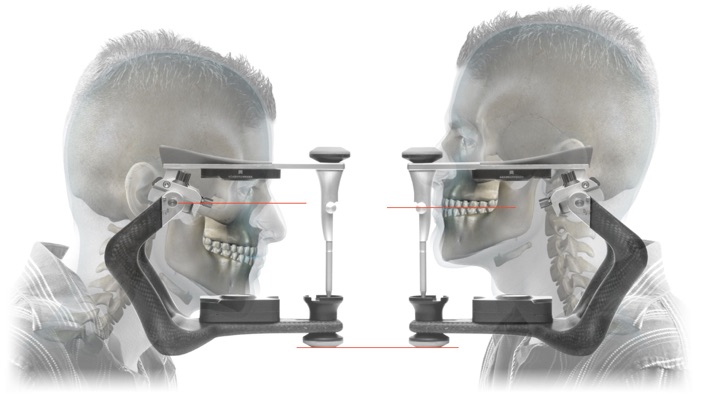Today we know that there is no fixed center of rotation for the human mandible. With a facebow transfer, however, we still align our casts as so there was such a center. But that is not all.
In order to hold on to this useless cast orientation while avoiding the frustration of having to locate a non-existing hinge axis, we resort to average facebows and align our casts with reference to the ears.
Since the ears are not necessarily positioned symmetrically to the skull we abandon relevant parameters like the midline, horizontal, vertical and sagittal planes in the process. Why do that?
In order to orient dental casts to a hinge axis of which we know that it does not exist!
Is that worth dealing with articulator artifacts resulting in the need for chairside corrections, or having to deal with poor esthetics when delivering crowns, bridges or prostheses? Especially if we have to buy into those mistakes with complicated instruments and procedures?




